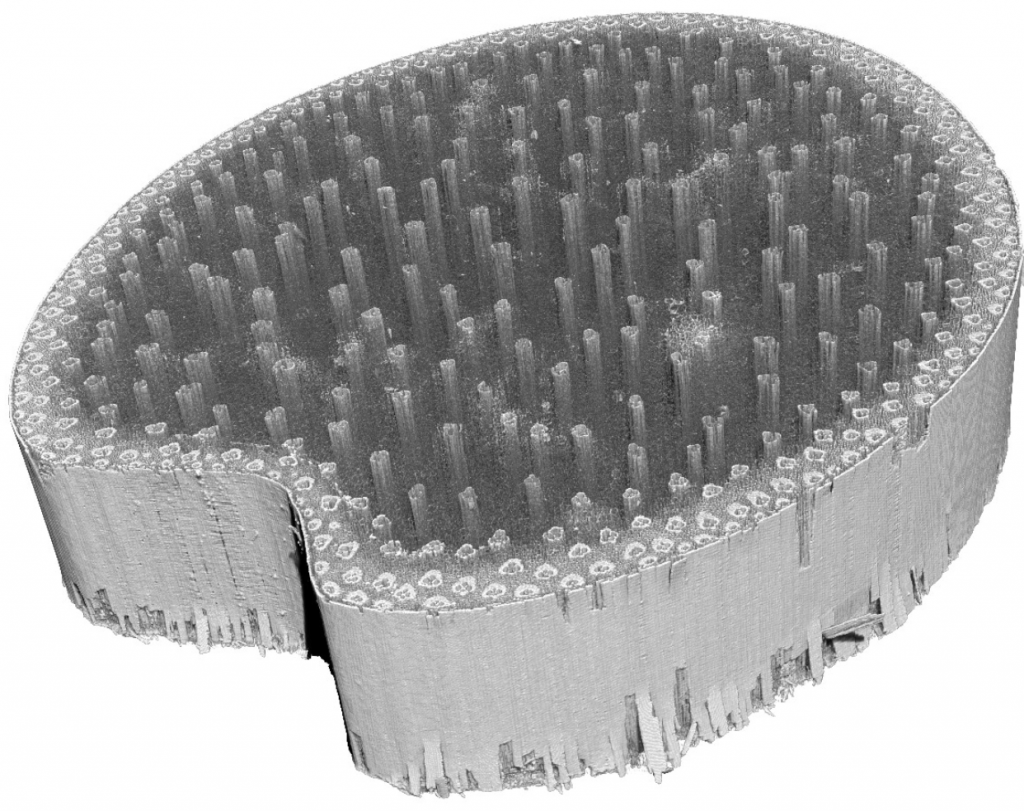Several cereal crops that are important for global food and fuel, including sorghum, maize, and wheat, are prone to the failure and breakage of their stalks, known as stalk lodging. It is estimated that this results in a yield loss of 5% to 25% annually with a cost of billions of dollars. A better understanding of the phenotypic morphology associated with stalk lodging resistance is of great interest to scientists, breeders, and biofuel producers.
In an effort to develop a quicker, low cost, accurate method to assess phenotypic characteristics of stalks in maize, sorghum, wheat, poison hemlock, and Arabidopsis, researchers at the University of Idaho and Fairleigh Dickinson University employed a stereoscope and a semi-automated image processing algorithm. Current methods such as histology and microscopy-based phenotyping take at least a day to process, while other methods like hand sectioning and flatbed scanning, though faster, do not work well on dry stalks and have limited resolution. The new method presented by the researchers makes it possible to produce finite element models of plant stalks in under a day. The rearchers use a stereomicroscope and 18MP camera to take images of 1-4mm stalk sections, which are stained using an Alcian Blue-Safranin O differential staining sequence. Using an image processing algorithm developed in MATLAB, the researchers are able to determine the major diameter, minor diameter, rind thickness and number of vascular bundles in each image. The data can then be imported into biomechanical analysis software which uses engineering techniques to help determine the stalk characteristics involved in stalk lodging resistance.
“The current lack of cost effective, high-throughput phenotyping methods is a principle bottleneck to creating improved sorghum varieties. ” – Daniel Robertson
“This development of specimen specific, dimensionally accurate computational models of plant stalks from extracted morphological properties would enable more small-medium sized laboratories to continually assess biomechanical properties of cereal crop varieties at a relatively cheaper and faster rate.” – Yusuf Oduntan
“Dropping the cost to entry for this kind of science can lead to rapid advancements as more researchers are able to perform detailed morphological investigations.” – Christopher Stubbs
Reference
Oduntan, Y. A., Stubbs, C. J., and Robertson, D. J. High throughput phenotyping of cross-sectional morphology to assess stalk lodging resistance. Plant methods, 18(1), 1 (2022). PMID: 34983578. DOI: 10.1186/s13007-021-00833-3. Read more
Related Project Websites:
University of Idaho:
https://www.uidaho.edu/engr/departments/me/our-people/faculty/daniel-robertson
AgMEQ lab: https://www.agmeq.com/about/dr-daniel-j-robertson




